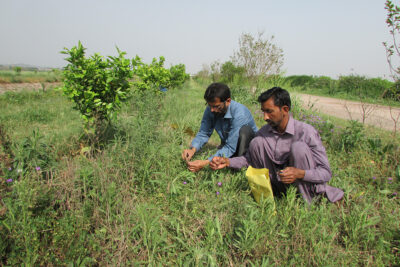
The pineal gland is an endocrine gland and is located exactly in the middle of our brain. The pineal gland receives its name from its pinecone shape, and is also known as epiphysis cerebri. This gland secretes melatonin, and this hormone is associated with our circadian rhythm and is considered a powerful antioxidant.
The first known scientific studies were done by Galen, the Greek doctor and philosopher. He thought that this gland was filled with “psychic pneuma,” a substance that he described as “the first instrument of the soul.” His views prevailed until the 17th century, then René Descartes, the French philosopher and mathematician, regarded the pineal gland as “the principal seat of the soul and the place in which all our thoughts are formed”.
In ancient mystical traditions the pineal gland is known as the third eye, Horus eye, Power of God, and it has been present in the history of humanity since the beginning.
We can find references about the pineal gland in ancient Egyptian inscriptions and icons, in Hinduism, in Buddhism, in the Mayan, Inca, Aztec cultures, in the Native American cultures. The pineal gland is depicted in various forms across Asia and Oceania. We can also find references to this gland in catholic religion, with sculptures and images of the “Pigna”.
We can see that the pineal gland has been known and acknowledged all over the world, since very ancient times. We have to ask ourselves: why?
According to the Cyclopea Method, the pineal gland is the open door to access the fields of superior creation and perfection. The internal activation of this gland allows us to recover our real identity and recover our original creative powers. Ancient people knew about the properties and secrets of the pineal gland. It is time for us to rediscover our own “hidden jewel” and start a new co-creation process to achieve our most precious goals.
I will keep sharing more about the pineal gland and the Cyclopea Method. This method has been around in Spanish only and is now available in English.
About the Author

Veronica Sanchez is Chilean-Australian, now living in the UK and a proud mother of teenage twins. A spiritual awakening teacher, bestselling author, pineal gland (third eye) activator and Certified Instructor for the Cyclopea Method, Veronica is currently the only instructor in the world teaching the Cyclopea Method in English.


 Connection
Connection
 Moving from I to We
Moving from I to We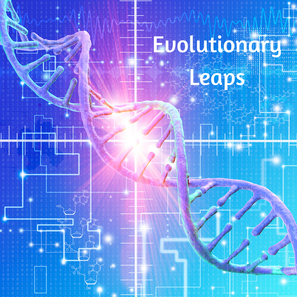
 Consciousness
Consciousness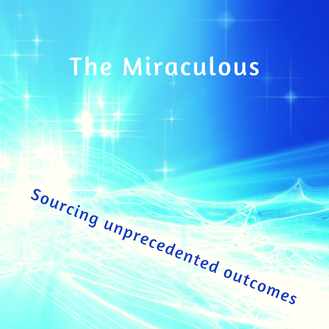





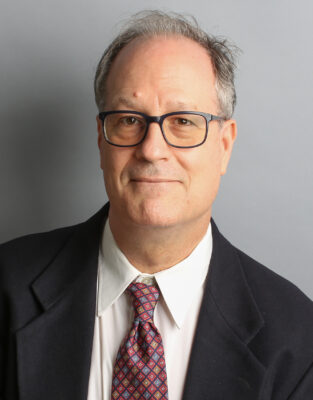



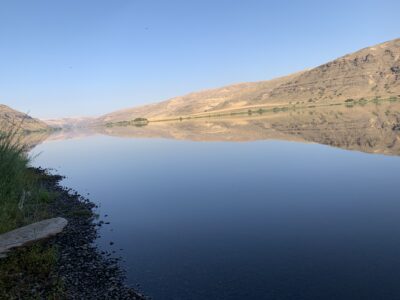
 Lisa Greene (she/her)
Lisa Greene (she/her)

